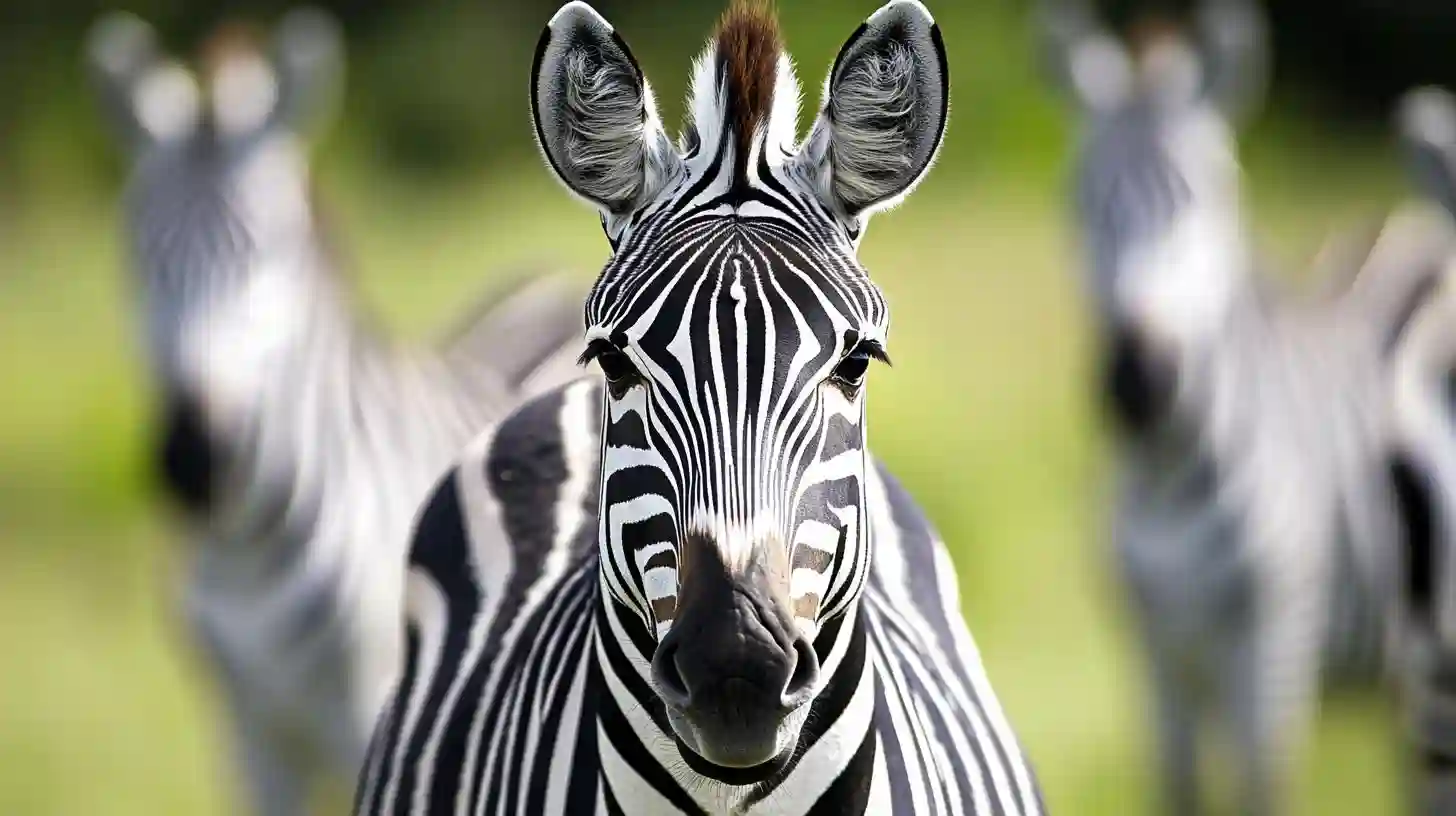
The iconic black and white stripes of zebras have long fascinated scientists and nature enthusiasts alike. For centuries, researchers have tirelessly sought to uncover the reasons behind this unique patterning, leading to a host of theories and insights that explore both the advantages and biological significance of stripes in zebras.
One of the prevalent theories suggests that the stripes serve as a form of camouflage. In their natural habitat, which includes grasslands and savannas, zebras are often surrounded by a mix of light and dark spaces created by the interplay of sunlight filtering through trees and grass. The contrasting stripes may help zebras blend into their environment when viewed from a distance, making it harder for predators like lions and hyenas to identify them as individual targets. This theory, however, has faced scrutiny, as some studies indicate that the effectiveness of stripes as camouflage may be limited, especially in different environments.
Another compelling theory revolves around the idea of thermoregulation. According to some researchers, the stripes may play a role in regulating body temperature. The contrasting colors of black and white absorb and reflect heat differently. This differential heating can create small air currents along the zebra's skin, promoting cooling in hot weather. While initial studies have provided preliminary support for this idea, further research is needed to definitively establish a link between stripes and thermoregulation.
One of the most interesting explanations for zebra stripes relates to social interactions within their herds. Zebras are highly social animals, living in groups for protection and social bonding. The stripes may serve as a form of visual identification among individuals within a herd, helping zebras recognize each other and strengthen their social ties. Moreover, the unique stripe patterns of each zebra could assist in preventing confusion during chaotic moments, such as when a predator threatens their group. Each individual’s distinct pattern allows them to be recognized by their companions, which could be crucial for maintaining herd cohesion and cooperation.
Recent studies have also explored the potential role of stripes in deterring biting insects. Researchers have noted that zebras are often plagued by various flies, including tsetse flies and tabanids, which can transmit diseases. Some experiments have shown that stripes may confuse these insects, making it more challenging for them to land on zebras. In one study, surfaces painted with striped patterns attracted fewer flies than solid-colored surfaces, suggesting that stripes might serve as an adaptive advantage in avoiding pests. This theory aligns with the observations made in other striped animals, such as certain species of fish and bees, known to exhibit similar patterns that help them evade pests.
Zebras are not just mere victims of their stripes; the evolution of this striking pattern is a complex interplay of various ecological and social factors. The diversity found within zebra species, with their differing stripe types and patterns, raises additional questions regarding the evolutionary advantages conferred by such variability. For instance, mountain zebras exhibit narrow vertical stripes, while plains zebras have broader stripes. Comparative studies will be needed to understand how these differing patterns may evolve in response to distinct environmental challenges and social structures.
As technology advances, researchers have begun employing new techniques, such as genetic analysis and ecological modeling, to gain deeper insights into the evolutionary history of zebra stripes. By examining the genetic makeup of zebras and their adaptations to their environments, scientists hope to uncover more definitive answers concerning the origins and purposes of their stripes.
The topic of why zebras have stripes weaves together elements of biology, ecology, and evolution. As research continues to uncover more about these intriguing creatures, it becomes increasingly clear that the adaptation of stripes is likely multifaceted, encompassing survival strategies that include camouflage, thermoregulation, social interactions, and predator deterrence. The ongoing exploration helps illuminate the ways in which species like zebras evolve and adapt to their environments over time, reinforcing the complex and fascinating narratives that underpin the diverse tapestry of life in nature. As the pursuit of knowledge continues, we find ourselves captivated by the complexities of evolution and the myriad ways in which animals have adapted to thrive in their respective habitats. The zebra, with its distinctive stripes, offers a vivid reminder of nature’s ingenuity and the enduring mysteries still to be explored in the animal kingdom.